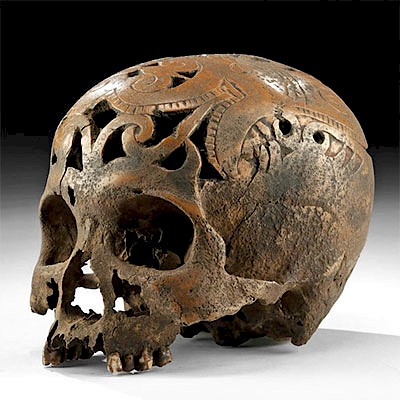Tell Halaf Terracotta Mother Goddess Figure
Lot 53
About Seller
Artemis Gallery
686 S Taylor Ave, Ste 106
Louisville, CO 80027
United States
Selling antiquities, ancient and ethnographic art online since 1993, Artemis Gallery specializes in Classical Antiquities (Egyptian, Greek, Roman, Near Eastern), Asian, Pre-Columbian, African / Tribal / Oceanographic art. Our extensive inventory includes pottery, stone, metal, wood, glass and textil...Read more
Categories
Estimate:
$2,000 - $3,000
Absentee vs Live bid
Two ways to bid:
- Leave a max absentee bid and the platform will bid on your behalf up to your maximum bid during the live auction.
- Bid live during the auction and your bids will be submitted real-time to the auctioneer.
Bid Increments
| Price | Bid Increment |
|---|---|
| $0 | $25 |
| $300 | $50 |
| $1,000 | $100 |
| $2,000 | $250 |
| $5,000 | $500 |
| $10,000 | $1,000 |
| $20,000 | $2,500 |
| $50,000 | $5,000 |
| $100,000 | $10,000 |
| $200,000 | $20,000 |
About Auction
By Artemis Gallery
Dec 12, 2019
Set Reminder
2019-12-12 10:00:00
2019-12-12 10:00:00
America/New_York
Bidsquare
Bidsquare : Holiday Sale - Antiquities / Ethnographic Art
https://www.bidsquare.com/auctions/artemis-gallery/holiday-sale---antiquities-ethnographic-art-4743
What to give this holiday season? You'll find plenty of options in our Dec. 12 auction that will cater to all tastes and budgets. Artemis Gallery info@artemisgallery.com
What to give this holiday season? You'll find plenty of options in our Dec. 12 auction that will cater to all tastes and budgets. Artemis Gallery info@artemisgallery.com
- Lot Description
**Holiday Shipping Deadlines**
USA Domestic: 12/14 for Standard; 12/23 for Express
International: 12/7 for Standard; 12/19 for Express
Ancient Near East, Anatolia (central Turkey) and northern Syria, Tell Halaf culture, ca. second half of the 5th millennium BCE. A wonderful, hand-built pottery fertility figure seated upon bent legs with ample thighs. She sits with an upright posture, has a slender waist, and holds aloft her voluptuous breasts with slender arms. The figure features sloping shoulders which taper inward to form the narrow neck, and her tab-shaped head exhibits a pinched nose and a conical brow. Applied russet pigment serves as the ground for several black-painted stripes on her body and neck as well as her large, almond-shaped eyes. Size: 1.875" W x 2.875" H (4.8 cm x 7.3 cm)
As early as the 7th millennium BCE, cultures in the Near East began creating organized settlements with highly developed religious as well as funerary practices. The Halaf culture of Anatolia (central Turkey) and northern Syria produced mesmerizing female figurines with fertility attributes. Whether images like these were intended to represent real, ideal, or divine women is unknown; however, scholars believe that their primary purpose was to encourage female fertility.
For a stylistically similar example, please see The Brooklyn Museum, accession number 1990.14
For another stylistically similar example without a head, please see The Metropolitan Museum of Art, accession number 1985.84.
Provenance: ex-private M.S. collection, New York, USA, acquired from Louis Duloro in the early 2000s
All items legal to buy/sell under U.S. Statute covering cultural patrimony Code 2600, CHAPTER 14, and are guaranteed to be as described or your money back.
A Certificate of Authenticity will accompany all winning bids.
We ship worldwide and handle all shipping in-house for your convenience.
#151295Repairs to head and one arm, with resurfacing and light overpainting along break lines. Minor nicks and abrasions to limbs, body, and head, with fading to original pigmentation, and light encrustations. Nice traces of original pigment and light earthen deposits throughout.Condition
- Shipping Info
-
All shipping is handled in-house for your convenience. Your invoice from Artemis Gallery will include shipping calculation instructions. If in doubt, please inquire BEFORE bidding for estimated shipping costs for individual items.
-
- Buyer's Premium



 EUR
EUR CAD
CAD AUD
AUD GBP
GBP MXN
MXN HKD
HKD CNY
CNY MYR
MYR SEK
SEK SGD
SGD CHF
CHF THB
THB














